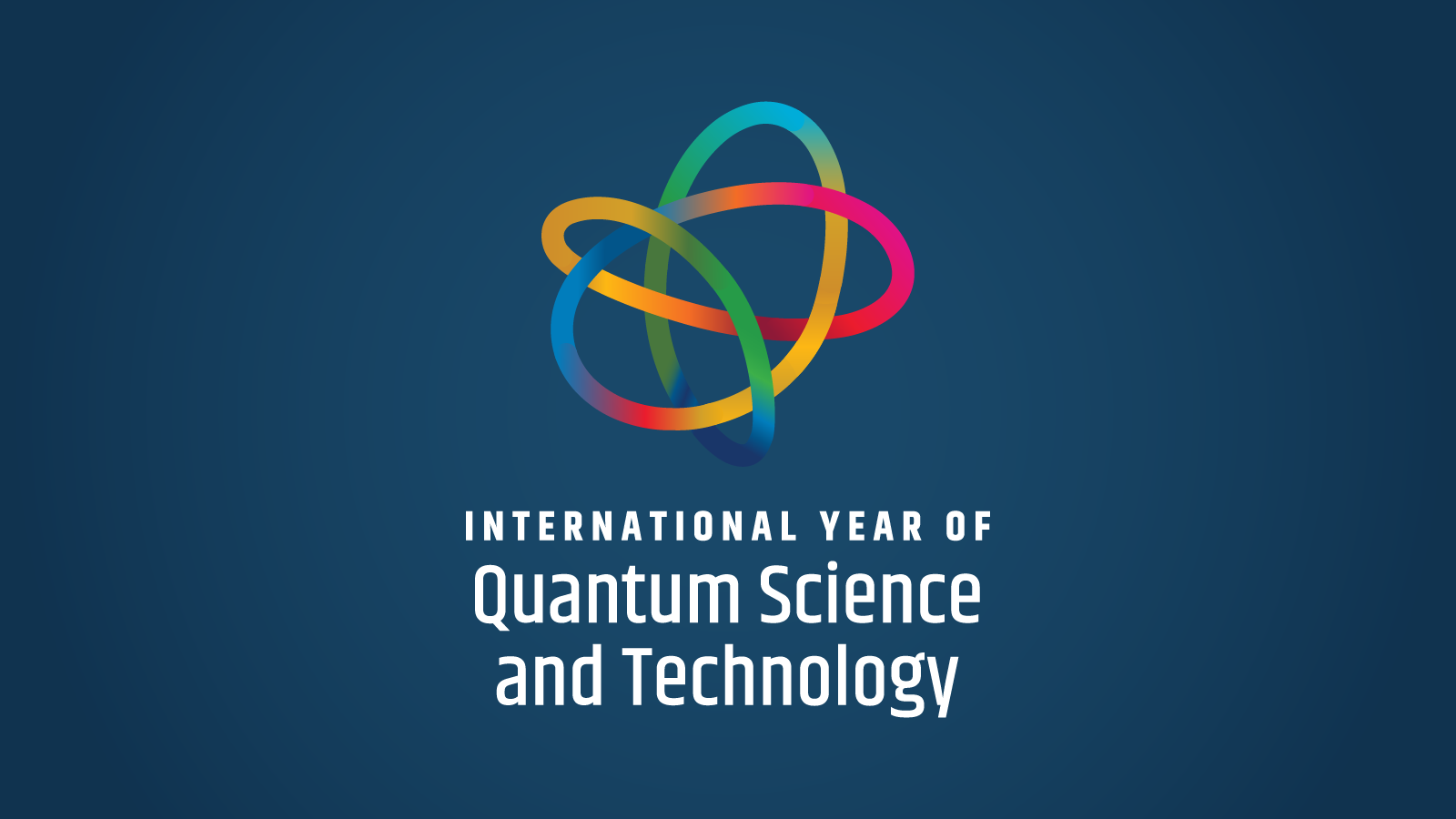
INL pushes graphene physical limits confirming the best expectations about this promising material
March 15, 2019
A team of researchers from the Departments of Quantum and Energy Materials and Life Sciences of INL – International Iberian Nanotechnology Laboratory, was able to increase the sensitivity of graphene bio field-effect transistors by a factor of 1000, in comparison with the latest scientific work done in this field, in which it was considered that graphene had reached its physical limits in terms of sensitiveness.
In this new research, INL scientists used a two-dimensional single-layer of graphene, with the thickness of only one carbon atom, as a biosensor. To that goal, they immobilised DNA probes on the graphene channel, which were fully complementary to the target DNA sequence, a 25-mer oligonucleotide specific of a Port Wine grape variety. The tests were made with the lowest possible concentrations of the target DNA. Once the new record limit-of-detection was established, more tests were done with a target DNA sequence that contained one “error” in its sequence, with respect to the immobilised probes. The new biosensor was able to distinguish between the sequences with and without the error.
This result opens the door to new uses for graphene in real-life applications, namely in biosensing. Given its high sensitivity, INL researchers will now focus on DNA detection in complex media and in tuning the biosensor range-of-detection. This result was achieved mainly due to the quality of the graphene used in the experiment, and to the design and fabrication process of the microdevices, both entirely developed at INL.
The scientific paper about this research was just released in ACS Sensors magazine, from the American Chemical Society, and also in Applied Surface Science magazine.



